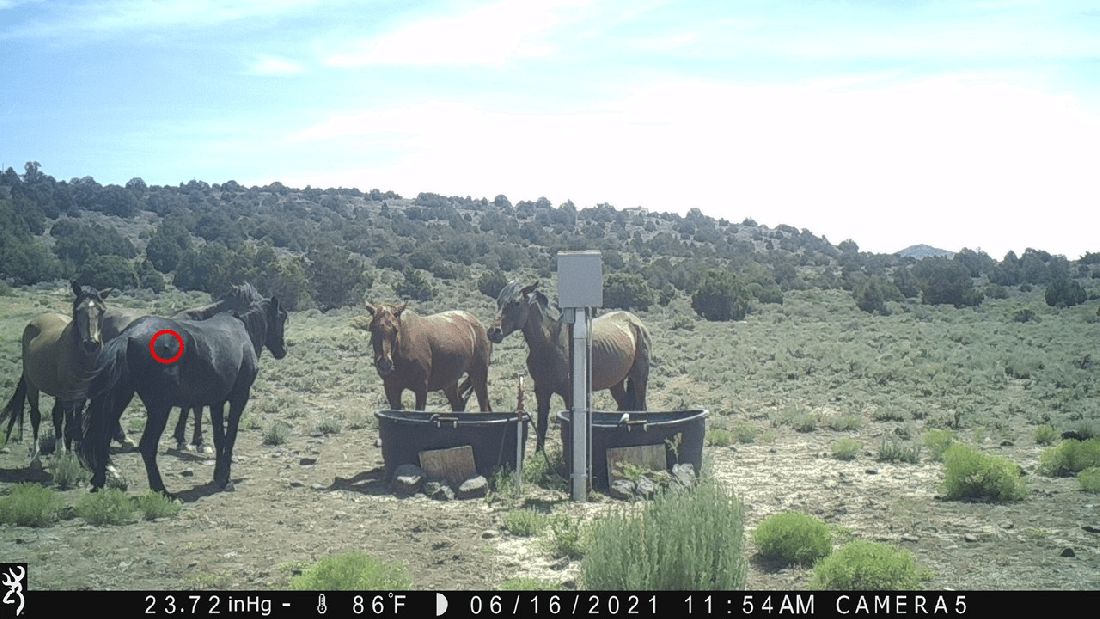They must be, otherwise the Onaqui roundup could not occur, according to the writer of a letter to The Salt Lake Tribune published on July 30.
Current events do not confer legality.
The usurper and his illicit administration must be following the law, otherwise tens of thousands of illegal aliens wouldn’t be pouring across the southern border every month.
Well, they’re not. That’s why it’s called illegal immigration. And why should lawbreaking be confined to that part of the country?
Meaningful comparisons between wild horses and privately owned livestock are not possible according to the writer, because you don’t know the acreage and grazing seasons.
Those things don’t matter if you know the resource allocations, but they can be easily found in RAS. The allotment names can be found in ePlanning.
The Onaqui allotments are reviewed in this post.
Management priorities in a given HMA can be easily assessed by comparing the forage allocation for livestock to that of wild horses.
This guy is a 30-year BLM veteran. He should know that.
The comparisons often show that HMAs are managed primarily for livestock. He should know that too.
He says that wild horses re-graze certain areas, thwarting the recovery of forage, but implies that cattle do not because they’re rotated between pastures. Is he suggesting that livestock start on one side of a pasture and move uniformly across the area without retracing their steps? Seriously?
What about reallocation of resources from livestock to horses? Amendments to the Wild Horse and Burro Act and the Taylor Grazing Act are needed, according to writer.
Curiously, the environmental assessments for wild horse roundups usually say that such changes are only possible if the BLM first revises the land-use plans. For example, go to the last paragraph on page 20 in the Final EA for resource enforcement actions in the Calico Complex (page 24 in the pdf).
The writer did not mention the effect of federal regulations—rules invented by the unelected bureaucracy—which may play a much larger role in the way public lands are managed than the statutes.







